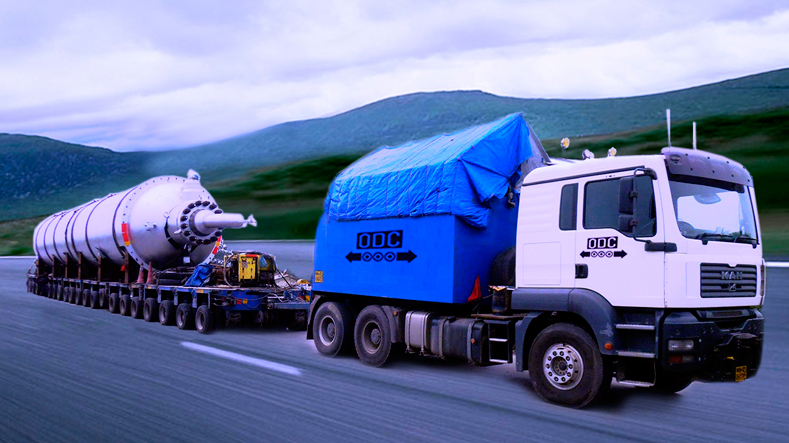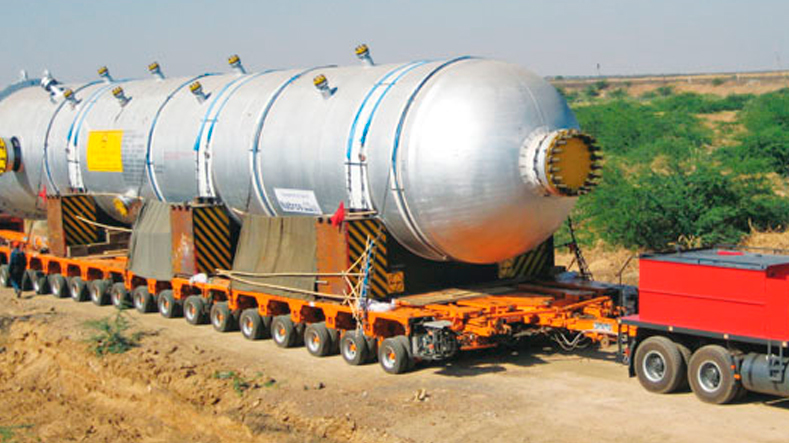ODC Cargo
ODC Cargo stands for "Over Dimensional Consignment Cargo." It refers to cargo or freight that exceeds the standard dimensions or weight limits of a transportation mode, such as a truck, train, or ship. ODC Cargo typically includes items that are larger, longer, taller, or heavier than the standard allowable limits for transportation.


ODC Cargo requires specialized handling, equipment, and permits to ensure safe and efficient transportation. Examples of ODC Cargo can include heavy machinery, large equipment, oversized containers, wind turbine blades, industrial boilers, construction materials, and other items that are outside the standard dimensions.
Benefits of Sea Freight
ODC (Over Dimensional Cargo) refers to cargo that exceeds the standard size or weight limits for transportation. ODC cargo requires specialized handling and transportation methods, and it is often used for large-scale industrial or infrastructure projects. Here are some benefits of ODC cargo:
Cost-effective transportation: ODC cargo allows for the transportation of large and heavy items in a single shipment, which can be more cost-effective compared to multiple shipments of smaller items. This can result in cost savings in terms of shipping charges, handling fees, and other logistical costs.
Efficient and time-saving: Transporting ODC cargo can be more efficient and time-saving compared to other methods, as it minimizes the need for multiple shipments or assembly on-site. This can help accelerate project timelines and reduce delays.
Versatility: ODC cargo can include a wide range of items such as heavy machinery, equipment, pre-fabricated structures, and other oversized or overweight items. This makes it suitable for various industries such as construction, energy, aerospace, and more.
Customized solutions: ODC cargo often requires specialized handling and transportation solutions, which can be tailored to meet specific project requirements. This may include specialized equipment, permits, route planning, and other customized solutions to ensure safe and efficient transportation.
Increased project capacity: ODC cargo allows for the transportation of large and heavy items that may otherwise be challenging or impossible to transport using standard methods. This can increase the project capacity and enable the transportation of critical components required for large-scale projects.
Reduced risk of damage: ODC cargo often requires specialized packaging, securing, and handling methods, which can reduce the risk of damage during transportation. This can help protect the valuable cargo and prevent costly delays or damages.
Competitive advantage: The ability to transport ODC cargo can provide a competitive advantage for companies involved in large-scale projects. It demonstrates capability and expertise in handling complex logistical challenges, which can differentiate a company from its competitors.
